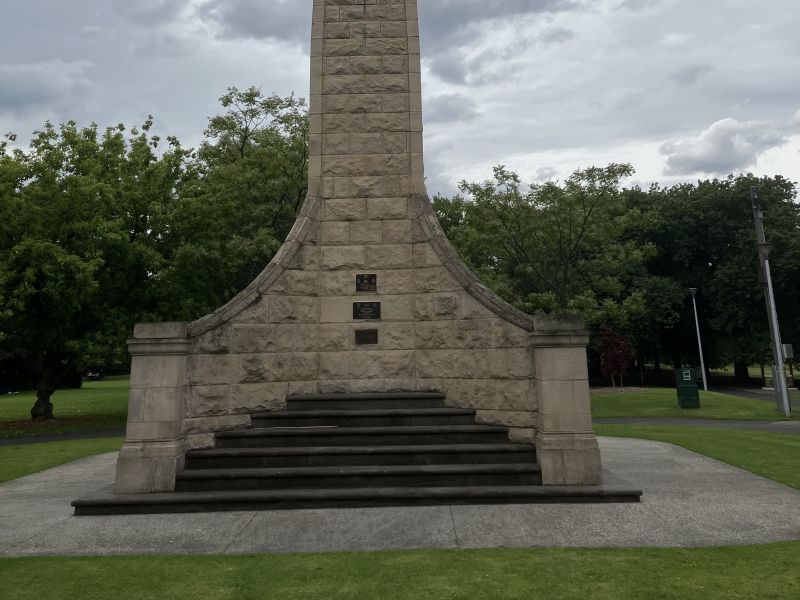Sergeant Charles Fowler Murrell, 6th Machine Gun Company
Charles Fowler Murrell was born in 1896 in Geelong, Victoria, to Charles and Mary Murrell. His family had lived in the Williamstown district for many years, with both of his grandfathers working on the river. Charles’s father worked as commercial traveller for a company called Beath, Schiess and Co.
Charles grew up in and around Essendon, and was educated at Caulfield Grammar School. In 1906, his eldest sister Constance died in hospital at the age of 18; his father died in 1913. Charles went on to work as a jackaroo on a number of stations in New South Wales and Victoria.
Charles Murrell enlisted in the Australian Imperial Force in February 1915. As he was only just over 19 years old, he obtained his mother’s permission to do so. He joined the 22nd Battalion on the Gallipoli Peninsula in late August 1915.
Murrell proved an able soldier, and was promoted to lance corporal on Gallipoli. He then transferred to the 6th Machine Gun Company and was promoted to sergeant.
Murrell arrived in Marseilles on his way to the battlefields of the Western Front in late March 1916. On 26 July, the 6th Machine Gun Company left their billets for the trenches near the French village of Pozières. As they moved forward and occupied their positions the company came under heavy artillery fire. Their war diary noted that the “men had a bad shaking, but … luckily escaped with very light casualties”.
Three days later, the 6th Brigade, including the 6th Machine Gun Company, attempted to advance to the north while other Australian brigades attacked to the north-east of the village. They captured some ground but some days later, they were withdrawn.
Gunner Findlay, a comrade of Sergeant Murrell’s, later wrote:
“The company had a terribly rough time. We certainly took the position we were sent out after, but we paid dearly for it. Our objective was a ridge … not half of our man reached the ridge.”
When Findlay was knocked out by the concussion of a shell blast, Murrell went to his aid. As Murrell was giving Findlay a drink from his water bottle, a pellet of shrapnel struck him in the head, killing him instantly.
Gunner Findlay attributed his survival to the care he received from Murrell, later writing, “there is not a man who does not miss Charlie; they were deeply attached to him for his many admirable qualities and his happy nature.”
A number of Murrell’s comrades buried him near where he fell in the front line. After the war his grave was recovered, and today he is buried in Courcelette British Cemetery.
He was 20 years old.
Meleah Hampton, Historian, Military History Section
Image: Studio portrait of 70 Private (Pte) Charles Fowler Murrell, 22nd Battalion, of Essendon, Vic, (left) and Pte J Williamson, May 1915.
- Australian War Memorial https://www.awm.gov.au/collection/P11057177

 Australian War Memorial
Australian War Memorial